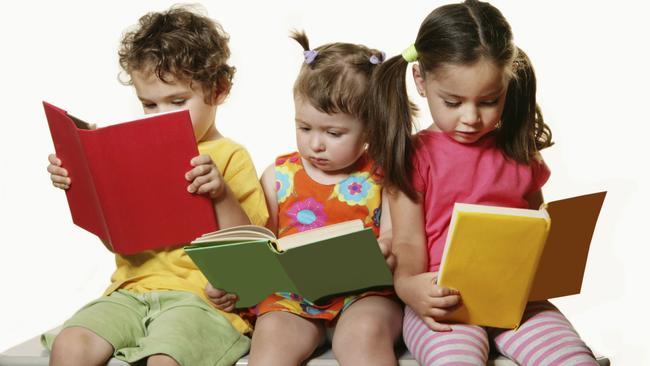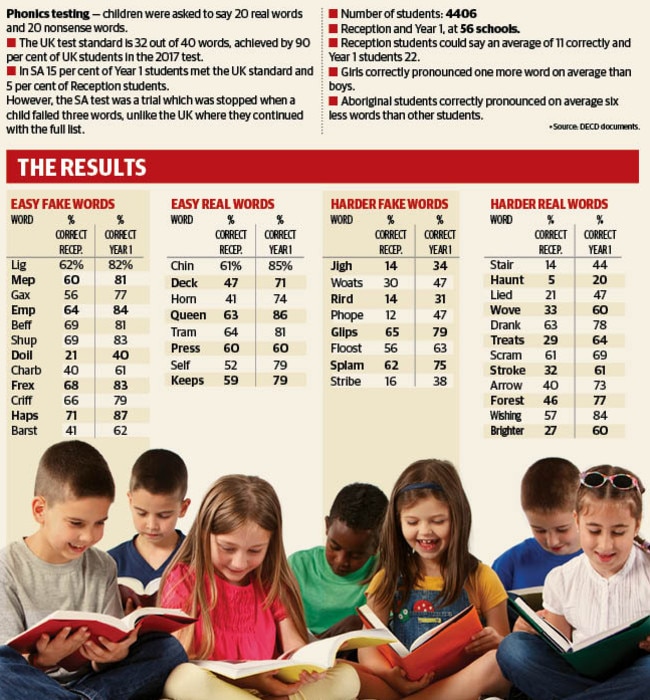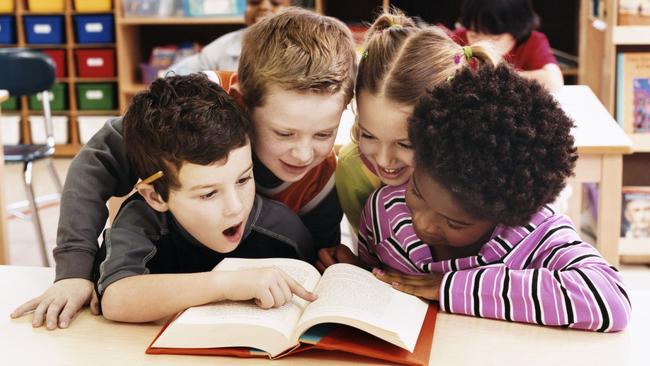Year 1 and Reception students struggle to say basic words in first phonics test
SOUTH Australian Reception and Year 1 students have struggled through a new test designed to measure their grasp of simple letter combinations.
SA News
Don't miss out on the headlines from SA News. Followed categories will be added to My News.
SOUTH Australian Reception and Year 1 students have struggled through a new test designed to measure their grasp of simple letter combinations.
The first annual phonics pronunciation test of 4406 students by Flinders University experts found Reception students could only correctly pronounce an average of 11 of the 40 samples while Year 1 students had an average of 22.
The Federal Government is pushing ahead with phonics testing in all Australian schools, in which children are asked to say 20 real words such as “drank” and 20 made-up combinations like “frex”.
The aim is to see if they understand the sounds made by letter combinations rather than just memorising spelling.

The SA Department of Education is undertaking trials based on the UK Phonics Screening Check, but the results have only been released after a Freedom of Information application made by Education Minister John Gardner when he was the Opposition education spokesman.
Co-author of the study, Dr Ann-Louise Hordacre, said despite using the same real and fake words, the results could not be compared to the UK test in which 90 per cent of Year 1 students reached the accepted standard of 32 out of 40 words.
In the SA trial, students were stopped after they mispronounced three samples, unlike the UK where students continued with all 40 samples.

“Some (SA) teachers felt they (the students) had not done as well as they thought they might,’’ she said, but stressed major differences.
The SA test was a trial of the system to see how it could be implemented here, rather than a measurement of students, she said.
“The test was the same as the 2017 UK phonics test but unlike the UK test there was a stop rule, so that after three incorrect answers the teachers would stop the test and that brought down the SA result,’’ Dr Hordacre said.

If the results were compared to the UK, where the “success” rate of pronouncing 32 of the 40 words has increased from 32 per cent in the first test in 2012, to 90 per cent last year, 15 per cent of SA Year 1 students reached this mark and 5 per cent of Reception students.
Dr Hordacre said some conclusions could be drawn from the SA study, such as the marked improvement between the year levels and the fact that Aboriginal students correctly pronounced on average six less words than other students of the same age.
Country students were able to pronounce four fewer words in Reception and five fewer in Year 1.
Education experts generally agree that understanding the phonic sounds of letter combinations is as important as learning the spelling of words by Reception.
Of the real words, Reception students struggled the most with haunt, which only 5 per cent could correctly pronounce and stair, 14 per cent.
Year 1 students also struggled the most with haunt, 20 per cent correct, and stair, 44 per cent.


